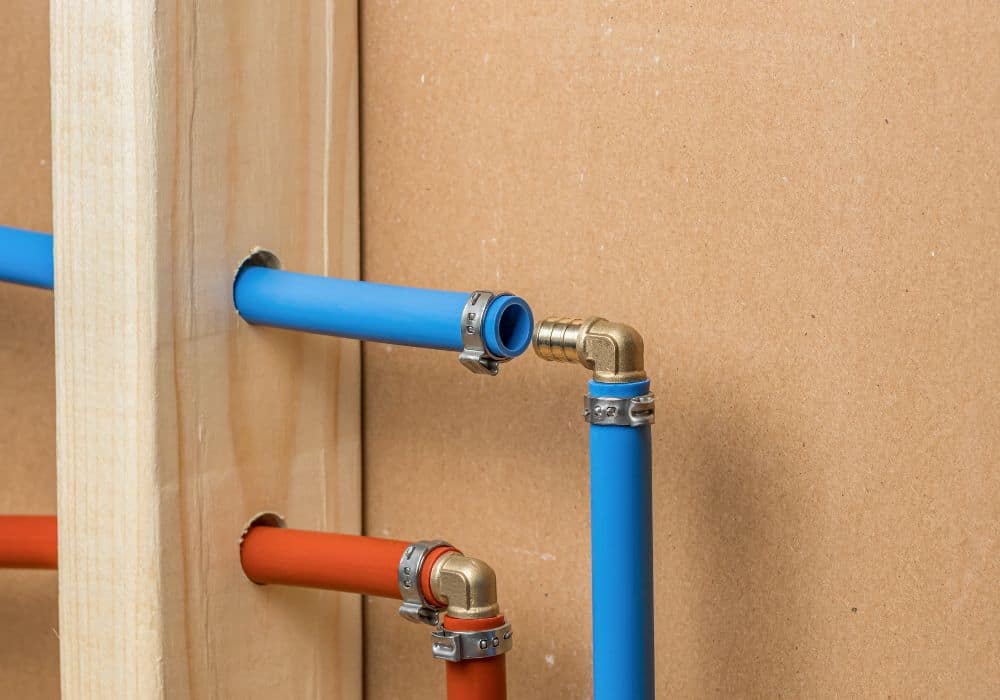PEX, or cross-linked polyethylene, has become a new norm for the plumbing industry. Whether you’re looking at remodeling or new construction projects, PEX is quickly replacing the traditional galvanized steel and copper.
Unlike the traditional alternatives, it’s very inexpensive and relatively easy to install, unlike the counterparts. So, it doesn’t matter if you are part of a big construction project or just on a DIY mission; PEX is an excellent addition to your collection of plumbing equipment.
Why Should You Opt for PEX?
One of the reasons for its popularity is that it is a flexible plastic and gives you a lot of room for customization. As we mentioned, you don’t have to use any complex procedures, like gluing or soldering, while using PEX because the tubes can be easily fished around corners or through the walls. Usually, brass fittings and copper rings are used to secure PEX tubes firmly in place.
Those who are aware of the knicks and knacks of the plumbing industry can appreciate how big an advantage this is. Moreover, you cannot even imagine trying this with PVC pipe or copper!
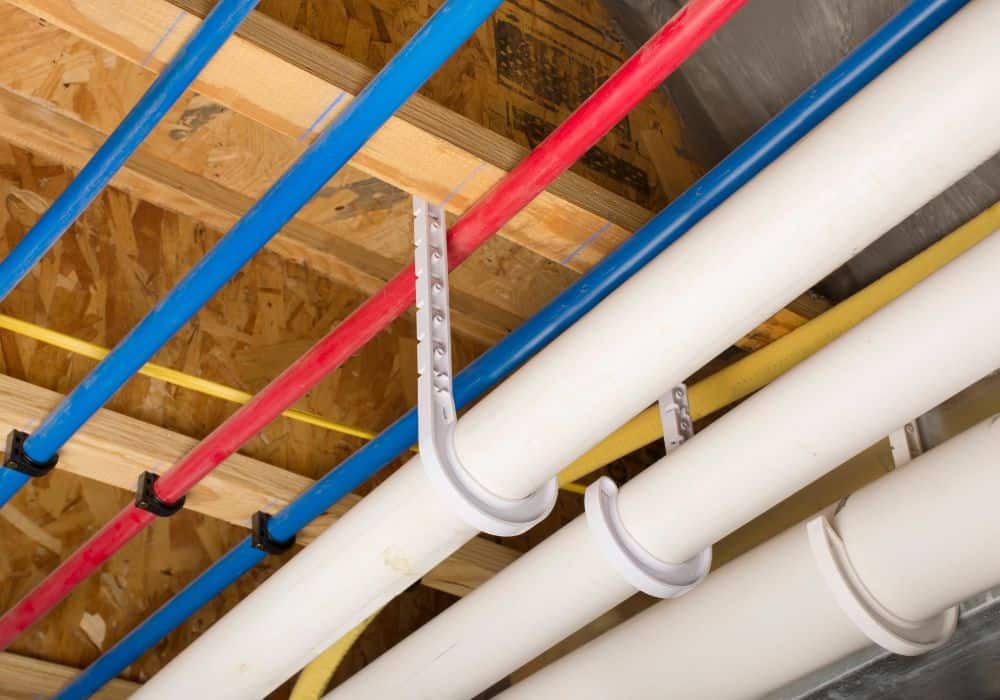
Do Plumbers Like PEX?
The short answer is: Yes, they do.
Copper pipes have primarily dominated the traditional plumbing market, but that’s a very difficult-to-tame material, and the market price is skyrocketing. If you compare PEX with the traditional alternatives, it requires very few fittings or connections and gets the job done faster.
It’s also an excellent investment for the long haul because once you have it installed, the plastic is quite durable and resistant to corrosion or mineral buildup; that’s one of the common problems with copper pipes.
Different Types of PEX Pipe
Now, if you’ve ever roamed the market for PEX tubing, you would already know that there are different types of PEX pipes. It is pretty overwhelming for a beginner who’s just testing the waters of the plumbing industry or has been working on a DIY project to figure out which PEX pipe to use for a project.
There are quite a few companies that offer services in supplying tubing and other plumbing tools. These include companies, like, Everhot, Apollo, Milwaukee, Sharkbite, and others. Many of these companies particularly specialize in PEX tubing.
There are at least 20 different types of PEX tubes, and each type has a unique purpose and is suitable for specific heating or plumbing job. So, it’s essential to be well aware of the type of PEX pipe that’s well suited for your project-related needs, and in this article, we’re going to talk about all the types!
To successfully execute a project using PEX tubes, you must familiarize yourself with four basic types of PEX pipes.
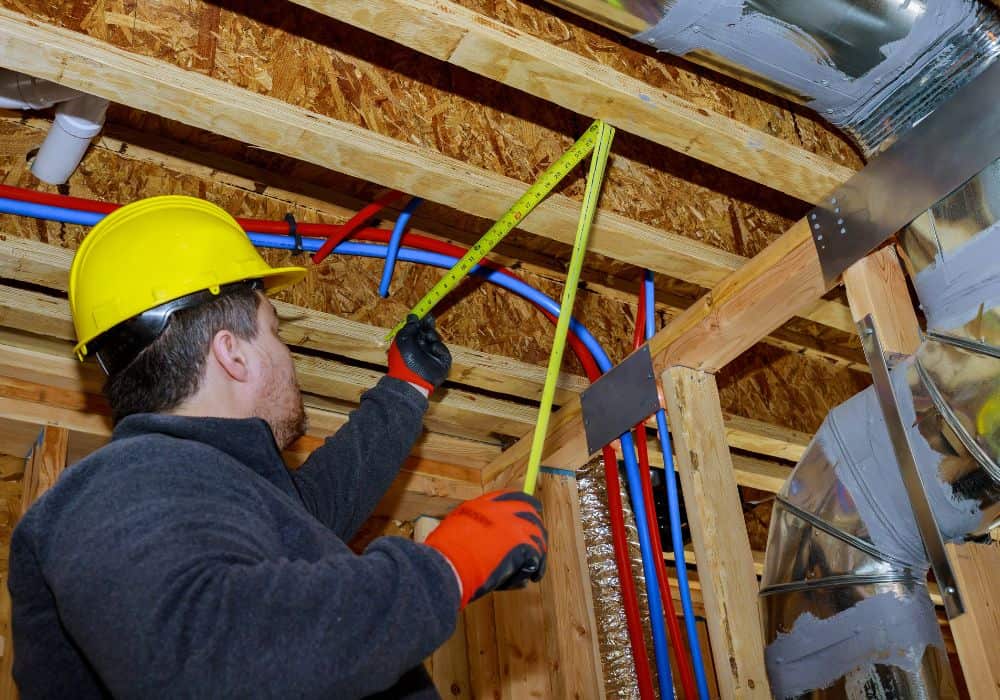
1. PEX A
It is considered to be the most durable and robust option available in the range of PEX pipes. It also comes with a lot of flexibility and optimizes recovery from any kinks that pose a high risk of leaks. With traditional tubing, in case of a kink or any damage to the pipe, your only option is to replace the damaged pipe.
However, with PEX A, all you need to do is heat the pipe’s damaged area, and it will be restored to its original shape. It is undoubtedly a perfect choice if you have limited space to work with. Since this type of PEX tube comes with maximum advantages, the price point is also comparatively higher than other varieties.
If your project involves a lot of swift pipe turns and twists, then this is a worthwhile investment as it lets you work with close-radial bends. Below are some of the ways PEX type-A can be used:
- Clamp or crimp fittings
- Press styled fittings
- Expansion fitting
- Push-&-connect
2. PEX B
The project you’re working on may require a pipe that is optimized for long and straight tube placements, and PEX type B is a perfect choice. You don’t want to overspend by going for type-A because it doesn’t fit the project specifications. For long and straight pipe installations, you want to have a stiffer and less flexible tube.
PEX B is not merely appropriate for such projects but is also one of the most commonly used PEX tubes. However, there is a slight disadvantage of PEX B’s extra stiffness because it would break instead of bending, as is the case with PEX type A. This attribute of PEX B also makes it a little trickier to install as compared to the other types.
On the other hand, type B PEX is well-known for its chlorine resistance. Overall this type performs better than others because of high burst pressure. Below are a few things that you need to know about PEX B
- Press styled fittings
- Cold expansion fitting
- Push-&-connect
3. PEX C
For a general user or a beginner, PEX C and B appear to be quite similar; however, there are a few key differences. One of the differences is in the level of hardness, with PEX-C being slightly softer than the type-B.
Now, this slight softness of PEX C makes it more susceptible to harm from bends or kinks but due to the difference in the process of manufacturing PEX C costs way lesser than PEX B. So you can get your project done in a way that’s cost-effective and befits the task requirements.
4. PEX AL PEX
It is one of the most expensive types of PEX tubing and is commonly known as the PEX with an aluminum barrier. The unique aspect of this high-end PEX tubing is the added aluminum barrier that helps this PEX pipe maintain its original shape.
With this category of PEX pipes, you can have the tubes maintain the shape that you bend them into. PEX AL PEX also offers an efficient oxygen barrier which means it can be a great choice to be used in heating systems.
Categorization Based on Barriers
On the basis of barriers, PEX tubes can be categorized into three distinct groups, one that comes with no oxygen barrier, the second one comes with an oxygen barrier, and the third one with an aluminum barrier. Although these seem to be unique PEX tubes, they are another way to classify the PEX A, B, C, and AL types.
1. PEX Without an Oxygen Barrier
A vast majority of plumbing equipment requires a non-oxygen barrier PEX, and it comes in two types, PEX-A and PEX-B. We have already discussed in detail the distinct features of PEX A and B. You’ll find both of these PEX tubings in colors of white, blue, and red, with different tubing sizes (e.g., diameter ranges from ¼ inches to about 3 inches).
If you have a task related to an indoor PEX plumbing system, one of the most commonly used PEX pipes is about one-half inches, and this optimizes the flow rate better than a copper tube of identical size.
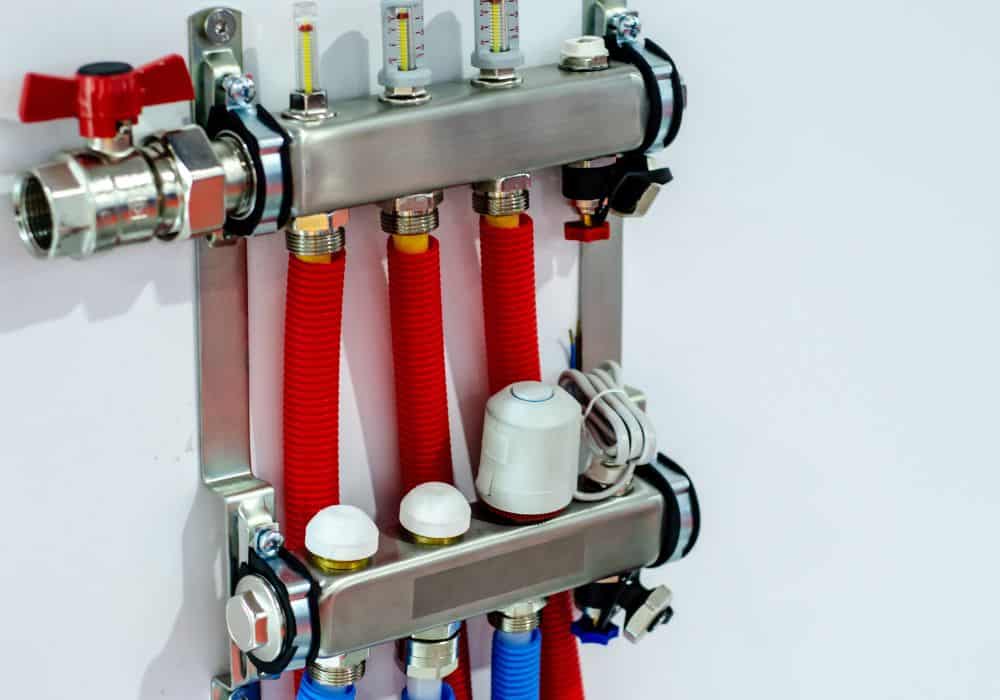
2. PEX With an Oxygen Barrier
The second category of PEX tubing on the basis of ‘barriers’ is the one with an oxygen barrier intact. Now oxygen would promote corrosion and rust to develop in the components of the heating system, so radiant floor heating applications or baseboards usually require an oxygen barrier PEX tube.
This type of PEX pipes would have in-built corrosion resistance and are available in PEX-A and PEX-B categories. The most commonly used size of the pipe is half an inch, but ⅜, ⅝, and ¾ inches are also conveniently available.
3. PEX With an Aluminum Barrier
It is commonly known as PEX-AL-PEX, which we have mentioned earlier as well. This consists of three layers, i.e., a layer of aluminum sandwiched between two layers of PEX. One of the most significant advantages of using this type of PEX tubing is that it will hold its shape once you have bent it. So, there’s no need to tie it down more than once.
What are the Differences between PEX types?
Usually, the A, B, C, and AL categories make people believe that one of the categories is better than the other. However, it really comes down to the differences in the manufacturing process. Everything else remains the same, including the temperature ratings but there can be differences in bursting pressure
One of the most common attributes of PEX popes is that all different varieties of PEX tubing will have a similar temperature and would follow the general manufacturing guidelines. You will also find that all the types are equally good quality and perform well. Having said that, we are not trying to say that all these types are identical because subtle differences make them suitable only for a specific project type.
Essentially, all types of PEX tubes are made from polyethylene after it undergoes an elaborate molecular structural alteration. This happens with the help of a physical process or a chemical to make the chemical manufacturing of polymer chains.
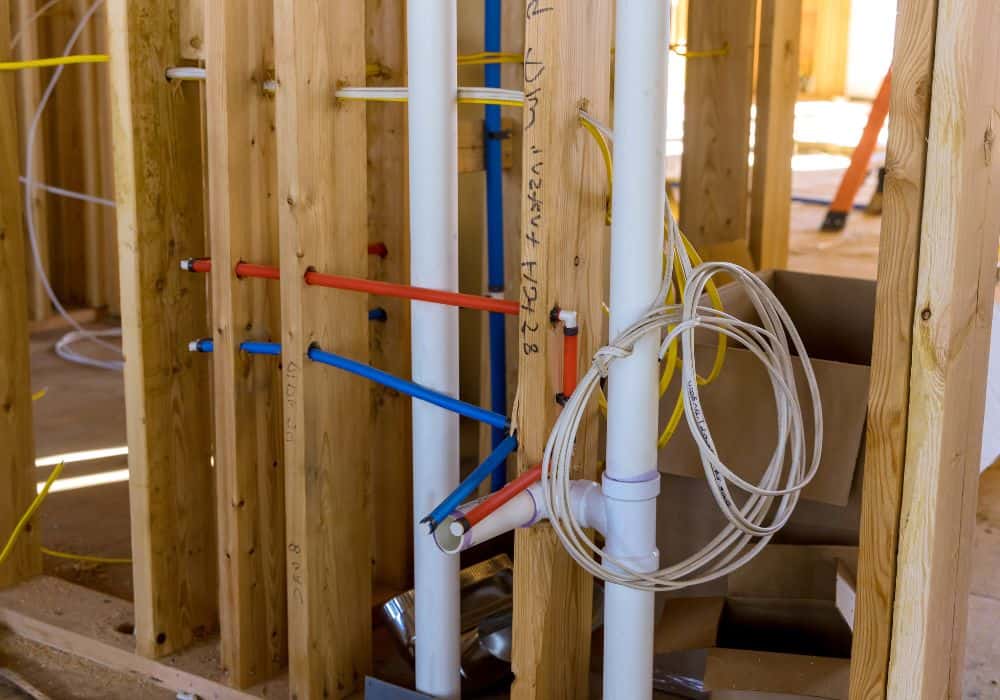
This whole process makes the PEX products more flexible, strong, and temperature resistant in the long run. In addition, all varieties of PEX pipes have to comply with the ASTM F876 and F877 rules, as well as SDR9 standards.
For the PEX type A, the manufacturing process involves making use of Peroxide via a procedure known as the Engel method, which results in the highest degree of cross-links. While for PEX type B, Moisture Cure methodology is employed, and Silane is used. On the other hand, PEX type C is generally created via cross-linking, electronic irradiation, or cold.
What’s the Difference between PEX A and PEX B?
Although types A and B are merely two out of several types of PEX tubing, these two categories are one of the most commonly used. When comparing PEX A with PEX B, the first prominent difference that emerges is the cost-effectiveness of the type-B PEX. Although sleeves, materials, or fittings may fluctuate, the most significant advantage is the element of cost-effectiveness.
What is the Difference between PEX A and PEX C?
One of the most apparent differences is that PEX A is very flexible and doesn’t show any coil memory. So, as a user, you can repair any kinks simply with a heat gun. On the other PEX C is manufactured via the Electronic irradiation or cold method of cross-linking. PEX C is also more vulnerable to kinks and damage.
What Type of PEX Tubing Should I Use?
The selection of PEX type would foremost depend on the tubing size, for instance, a PEX pipe of about half an inch would be most appropriate for branch lines extending off the main water supply lines. Let’s say the main lines are 3/4 inch PEX tubes then 1/2 inch PEX would be the perfect size for connection lines. These connection methods can be used to serve different areas, e.g. kitchen sink, shower, and bathroom sink without disrupting the water flow or water pressure.
Overall, PEX A ends up winning the race because of all the superior attributes in comparison with its counterparts. It is an overall superior tube as compared to the other types of PEX. However, the most suitable type of PEX pipes would depend mainly on the project that you’re working on. So, next time you’re working on a plumbing systems project, make sure that you invest enough thought into getting the right PEX tubing.

